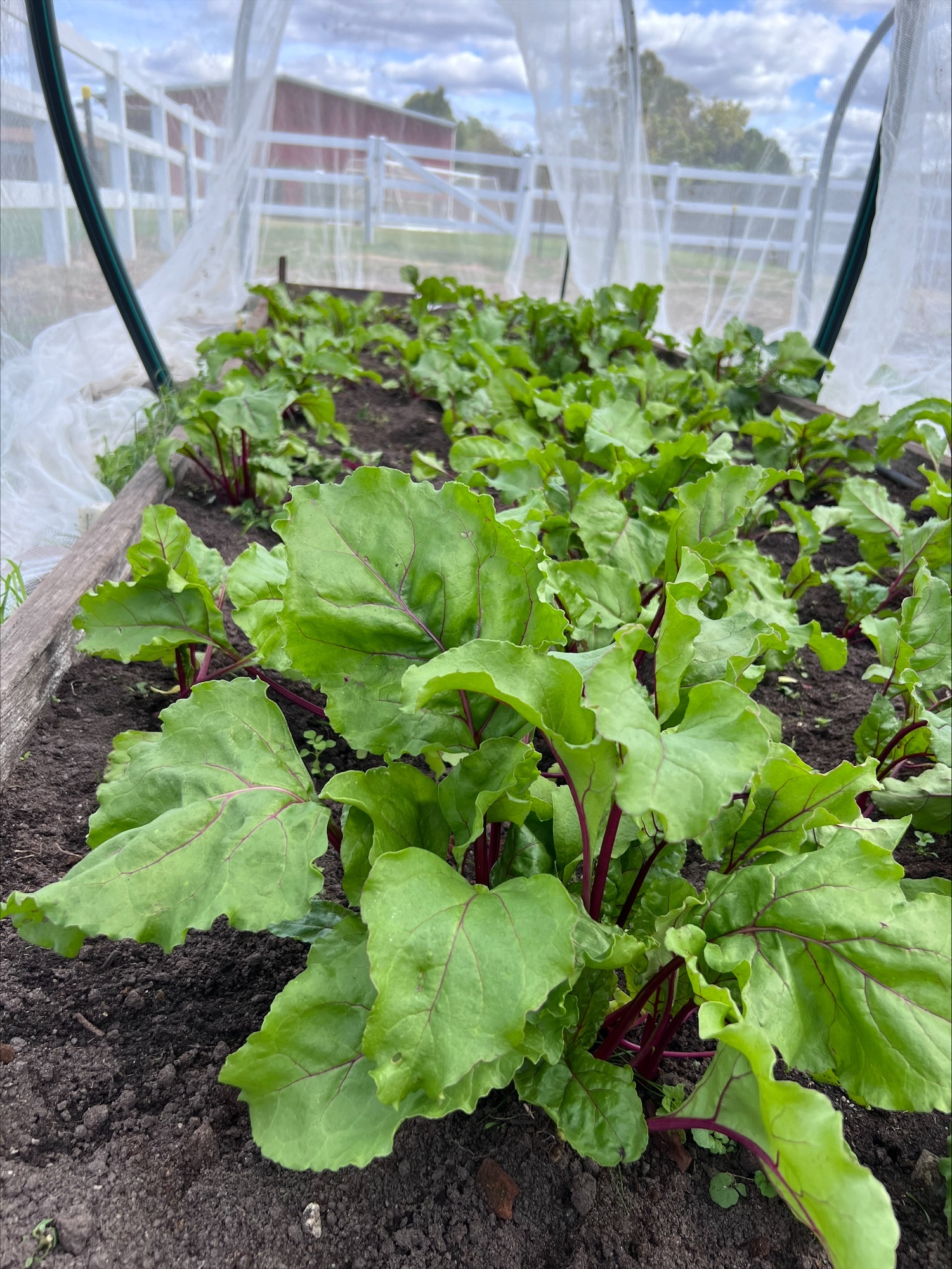As the gap in healthcare outcomes for First Nations Australians persists, the concept of decolonisation in healthcare has emerged as a crucial step toward addressing these inequities.
Data from the United Nations reveals a stark disparity in health status and life expectancy between First Nations and non-Indigenous populations.
For example, in Australia, First Nations men live 8.6 years less on average, while First Nations women face a 7.8-year deficit.
Our research explores the transformative role of marketing in challenging these inequalities and improving healthcare in First Nations communities.
We looked at global case studies of marketing-driven decolonisation initiatives including the success story of the Birthing on Country program in the Northern Territory, which has empowered First Nations women to access culturally appropriate healthcare.
Empowering First Nations voices
Decolonisation in healthcare actively resists colonial structures that perpetuate inequities for First Nations communities. Marketing, with its proven ability to influence behaviours and promote healthy habits, has emerged as a powerful tool.
Case studies demonstrate the transformative potential of marketing.
In the Navajo community in the United States, a breastfeeding campaign integrated community participation and cultural sensitivity, leading to improved child health outcomes
New Zealand’s It’s About Whānau campaign used culturally appropriate messaging and positive imagery to encourage Māori people to quit smoking, resulting in a significant increase in phone calls to the Quit hotline.
Despite challenges like poverty, cultural barriers and distrust of institutions, marketing can be adapted to address the specific needs of First Nations communities.
Here in Australia, the Birthing on Country program exemplifies this approach.
Decolonising Childbirth for Indigenous Australians
Although Australia has an advanced healthcare system, First Nations children face a 2.1 times higher risk of early childhood mortality. A key contributing factor is the disconnection from traditional birthing practices, known as Birthing on Country (BoC).
For First Nations Australians, giving birth in Western-style hospitals often feels culturally unsafe and severs the spiritual connection to their ancestral land. In the Northern Territory, the limited number of hospitals forces many pregnant women to travel long distances, further disrupting this connection.
BoC involves a holistic understanding of childbirth that encompasses not only the mother and baby but also the land, water, flora, fauna and intangible elements like ancestral narratives and Women’s Business.
This holistic view recognises the land as an active participant and the importance of maintaining spiritual and cultural practices during childbirth.
To improve health outcomes for First Nations Australians, healthcare practices must consider the broader aspects of land, culture and spirituality.
The Birthing on Country program empowers First Nations women to access culturally appropriate birthing services, fostering a connection between mother, baby and the land, ultimately contributing to improved health outcomes for them – and the community.
Shifting perceptions through storytelling
A collaborative marketing campaign, initiated in 1999, played a pivotal role in building influence for the BoC movement.
Recognising the importance of First Nations engagement, the campaign involved midwives, researchers and First Nations women in the Northern Territory.
By using local languages and developing messaging that resonated with the community, the campaign created a recognisable and trusted identity for BoC.
Consistent and culturally respectful messaging ensured the community’s voice was central in all public-facing materials, fostering trust in the movement.
The campaign employed the marketing technique of ‘positioning’ to associate BoC with values of holism and cultural benefits. Storytelling became a powerful tool, with compelling brand narratives that showcased the movement’s values and mission.
Traditional storytelling methods, like yarning sessions and collaborations with the media, embedded the story of BoC into educational and promotional materials, reaching broader audiences.
The success of the storytelling culminated in the Award-winning documentary Djäkamirr: Caretaker of Pregnancy and Birth.
By promoting a decolonised agenda, the BoC advocates generated grassroots support and enhanced the national image of the movement.
As a result, BoC has become an established approach, with more First Nations women now able to give birth in a culturally safe and supportive environment.
Collective Wellbeing and Avoiding Harm
For decolonisation of healthcare to succeed, future efforts must prioritise First Nations holistic approaches that emphasise community wellbeing over individual health.
This approach aligns with First Nations cultural values and recognises the interconnectedness of health with the environment and community.
Building trust is paramount, as decades of marginalisation have created deep-seated mistrust in healthcare systems.
Decolonisation strategies must also involve genuine engagement, open dialogue, co-design of programs and transparent processes.
Recognising the traumas and scars of colonisation and their transgenerational impact is essential for building trust. Marketing can be a powerful tool for improving the lives of First Nations peoples, but it must be approached with care to avoid further colonialism and harm.
Ethical considerations are crucial, and marketing practices should be evaluated for potential harmful effects on First Nations communities.
It’s imperative that marketing efforts align with community values and priorities – and that First Nations voices guide the conversation about their health and wellbeing.








